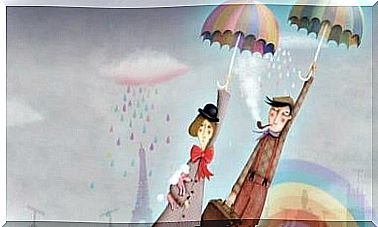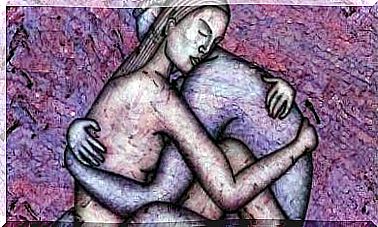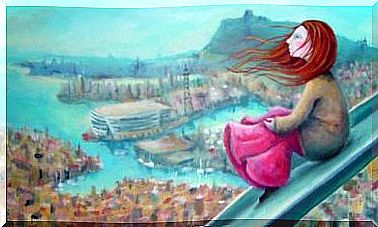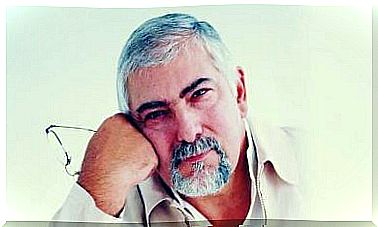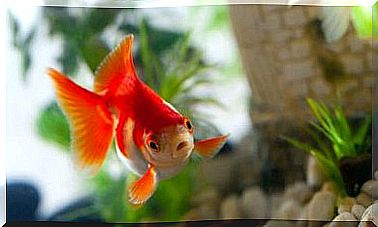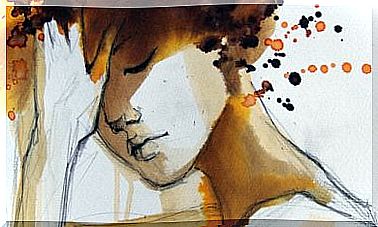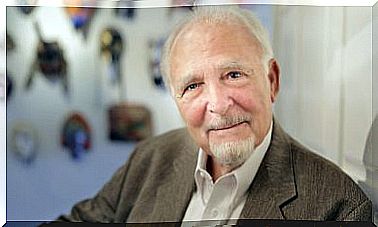Cerebral Lobes: Characteristics And Functions
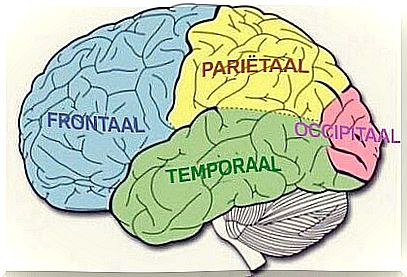
Everything we are is in the brain. This amazing and intricate organ is a reflection of our successful evolutionary history as an animal species. The human brain is divided into four different lobes.
Our conscience is in these lobes of the brain. We also create language, store our memory, and regulate emotions and many other processes in these lobes.
The famous Portuguese neurologist Antonio Damasio explains in his book Looking for Espinoza that the brain is more than simply a bundle of neurons. You can’t even really compare this organ to a computer. The brain and each of its structures are a direct result of our interaction with our environment.
We are what we see, feel, experience, and the way we respond to stimuli and circumstances. The brain is shaped by all these experiences.
The lobes of the brain are in control when it comes to all processes that depend on the characteristics. Identifying each of these processes will allow us to have a better and more complete understanding of the human brain.
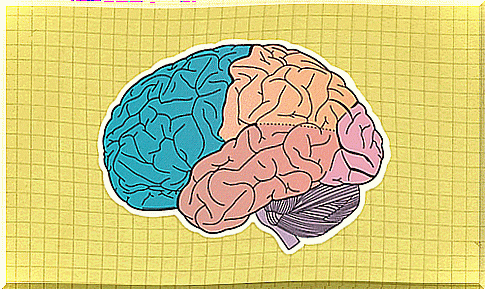
The lobes of the brain and their functions
When we think of the lobes of the brain, we often make the mistake of imagining that they are separate structures that are independent of each other.
This is why it is important to understand that there are no inner barriers between the lobes. The four major areas that make up the brain always work together in harmony and constantly share information.
On the other hand, this does not mean that each lobe controls a particular task in its entirety, although each lobe of the brain has its own characteristics. Many activities and processes overlap in different areas of the brain.
This means that one area could not function without the others. This is why the tasks can be compensated by another lobe if there is brain damage. This can influence the effectiveness of these tasks to a greater or lesser extent.
Moreover, even researchers disagree on where one lobe begins and the other ends. What they do agree on, however, is that there are two distinct halves: the right hemisphere and the left hemisphere.
This is why we can identify each of the four lobes in the brain in both halves. So neurologists talk about the right frontal lobe and the left frontal lobe and so on.
Let’s look at the features of the cerebral lobes.
The frontal lobe
The frontal lobe is a clear result of our evolution. This is located just below the skull, near the forehead. This is the most acute part of the brain, which has taken the longest to develop.
Here are some of the diverse tasks this lobe is responsible for:
- Thanks to Broca’s area, this lobe is responsible for language and speech. Here thoughts are turned into words.
- The frontal lobe is particularly notable for its cognitive processes. These include advanced executive tasks, allowing us to plan, understand what we see, regulate emotions, and much more. Also here we can focus our attention, and keep our memories for a long time.
- The frontal lobe also allows us to understand and respond to other people’s emotions. Simply put, it processes empathy.
- This lobe also regulates motivation and seeks reward for our actions. Most of the neurons that are sensitive to dopamine are located in this lobe.
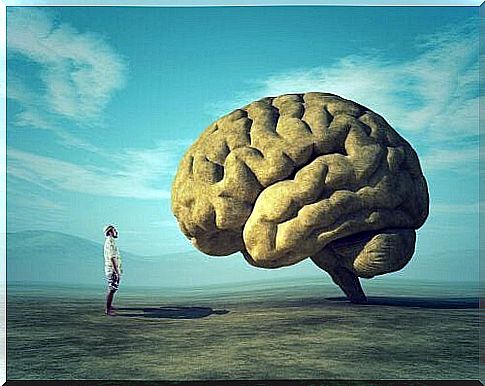
The parietal lobe
The parietal lobe is located above the occipital lobe and behind the frontal lobe. He has several functions.
- What sets it apart from the other lobes, however, is that it is responsible for sensory perception and spatial reasoning, as well as movement and orientation.
- In addition, this is the area where the brain perceives sensory information from our sensory organs. This is where we process and regulate pain, physical pressure, and temperature.
- This area also allows us to understand the nature of numbers. It is very relevant to mathematics.
The occipital lobe
Of the four lobes of the brain, the occipital lobe is the smallest, but also the most interesting. It is located close to the neck and has no concrete function. It is almost like a path through which all other mental processes have to move in order to reorganize and connect with other realms.
- This area contributes to visual perception and recognition.
- The occipital lobe is especially important for our visual senses. In fact, it is involved in various visual tasks such as pattern recognition and processing and sending visual information to the brainstem.
- It helps distinguish colors.
- It also contributes to the thought process and emotions.
The temporal lobe
Located right next to the temples, this lobe controls many processes. Evidence suggests that it is difficult to associate a particular specialized task with a particular lobe. They all depend on each other, they are interconnected and work together in harmony.
The tasks that take place in the temporal lobe are the following:
- It helps us recognize faces.
- It also contributes to the articulation of language, and the sound and understanding of the music.
- The temporal lobe contributes to physical balance.
- It regulates emotions such as motivation, anger, fear and pleasure.
the insulin
In this article, we talked about the four lobes of the brain. From a neuroanatomical point of view, many studies suggest that the brain has a fifth region, known as the insula, or Reil’s island.
It is a hidden lobe beneath the other four lobes of the brain. It is a remote and complex area that shares space with various veins and arteries.
We don’t know much about the insula yet. Despite this, experts have seen different processes and changes in patients who suffer from epilepsy and have damage in this particular area of the brain.
- This area is responsible for our sense of taste, the control of visceral functions and self-awareness.
- Being part of the limbic system, it can also help control emotions.
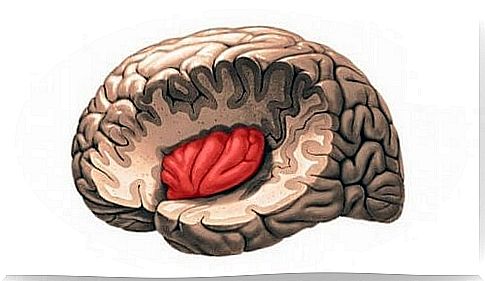
The boundaries of the cerebral lobes are unclear
Finally, as the evidence suggests, the cerebral lobes provide a fascinating map of the processes and connections within the brain. However, it is difficult to establish clear functional boundaries.
The most interesting lobe is certainly the frontal lobe, as it is responsible for executive functions. In fact, he is responsible for important processes such as planning or controlling incentives.


